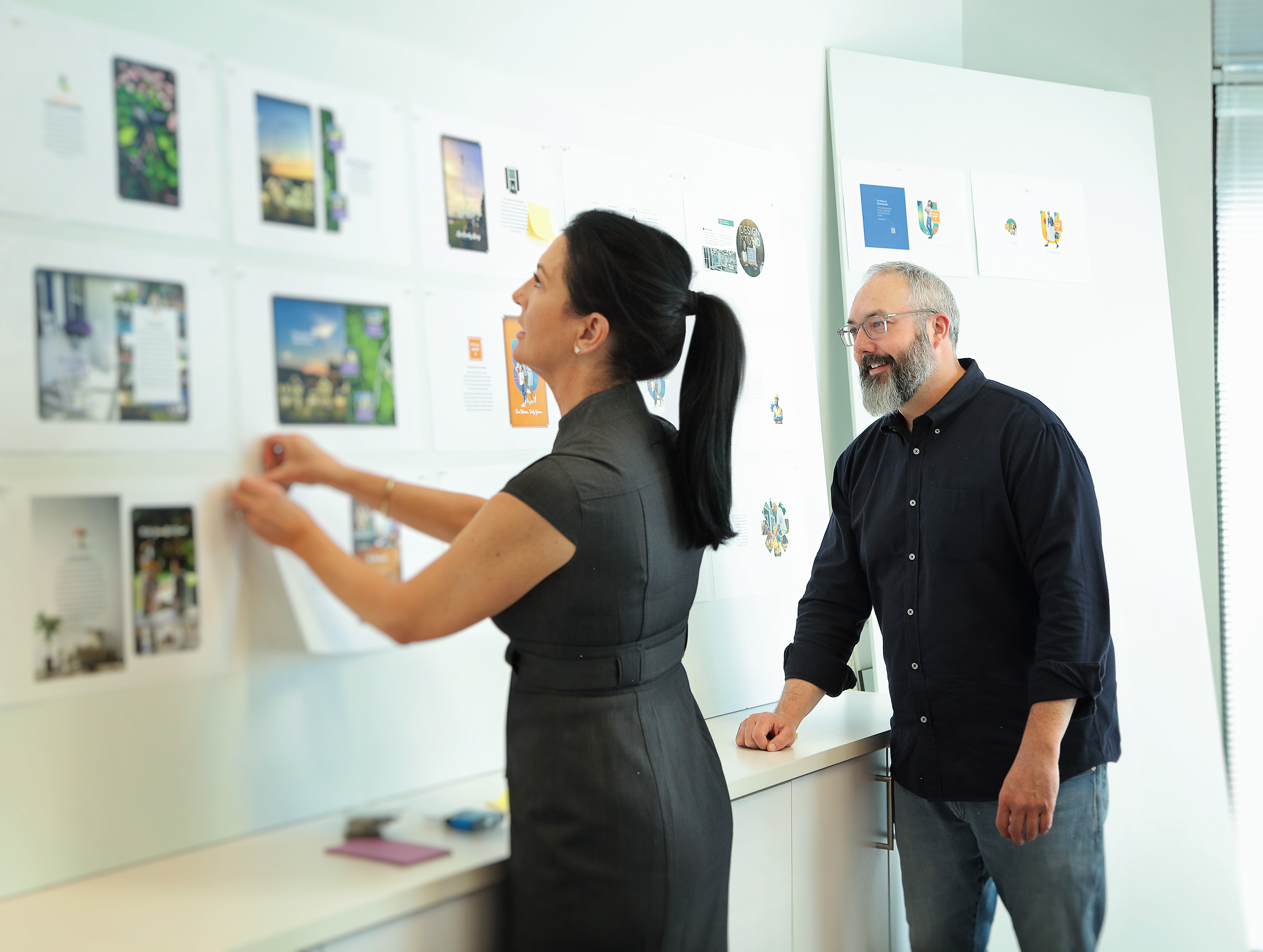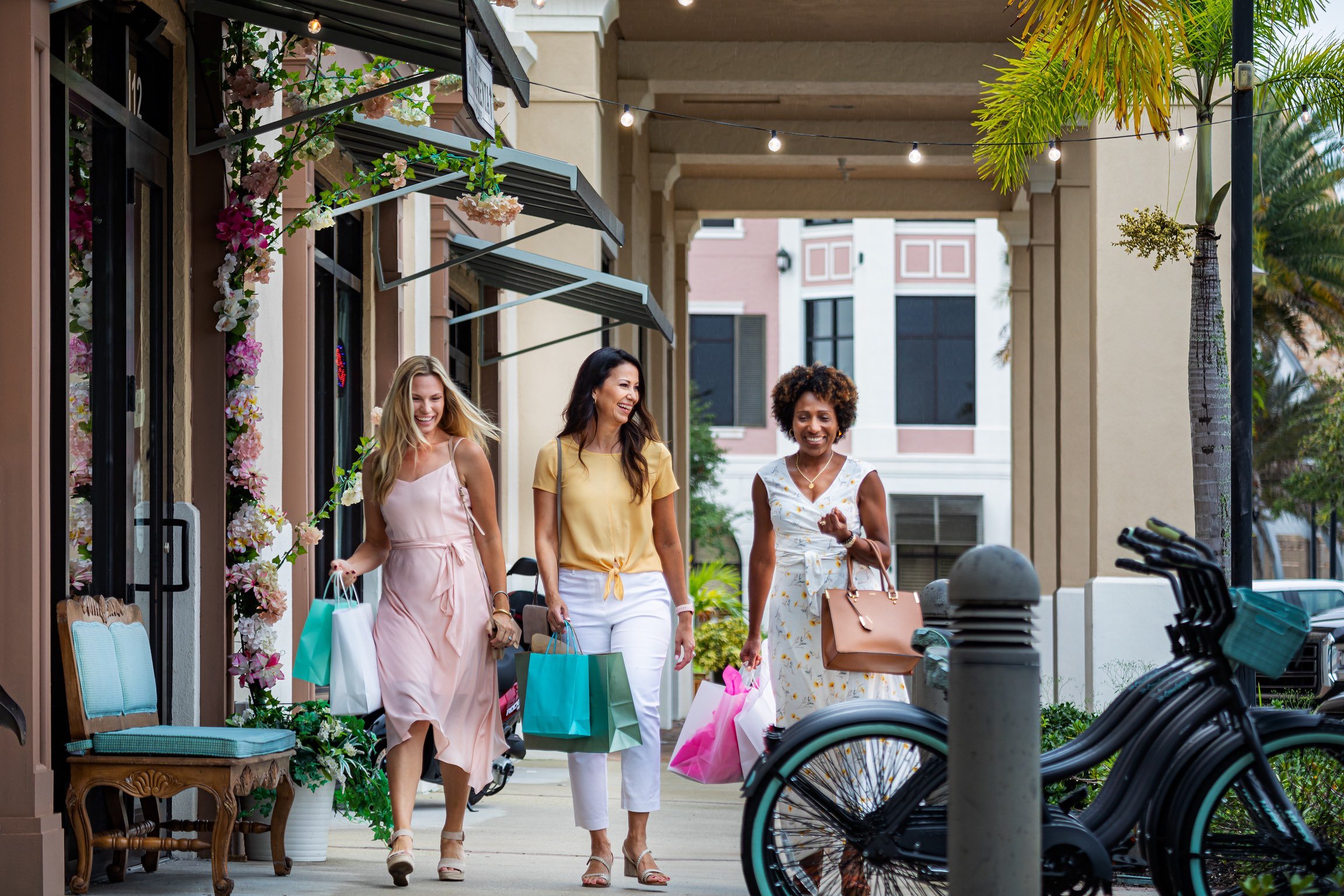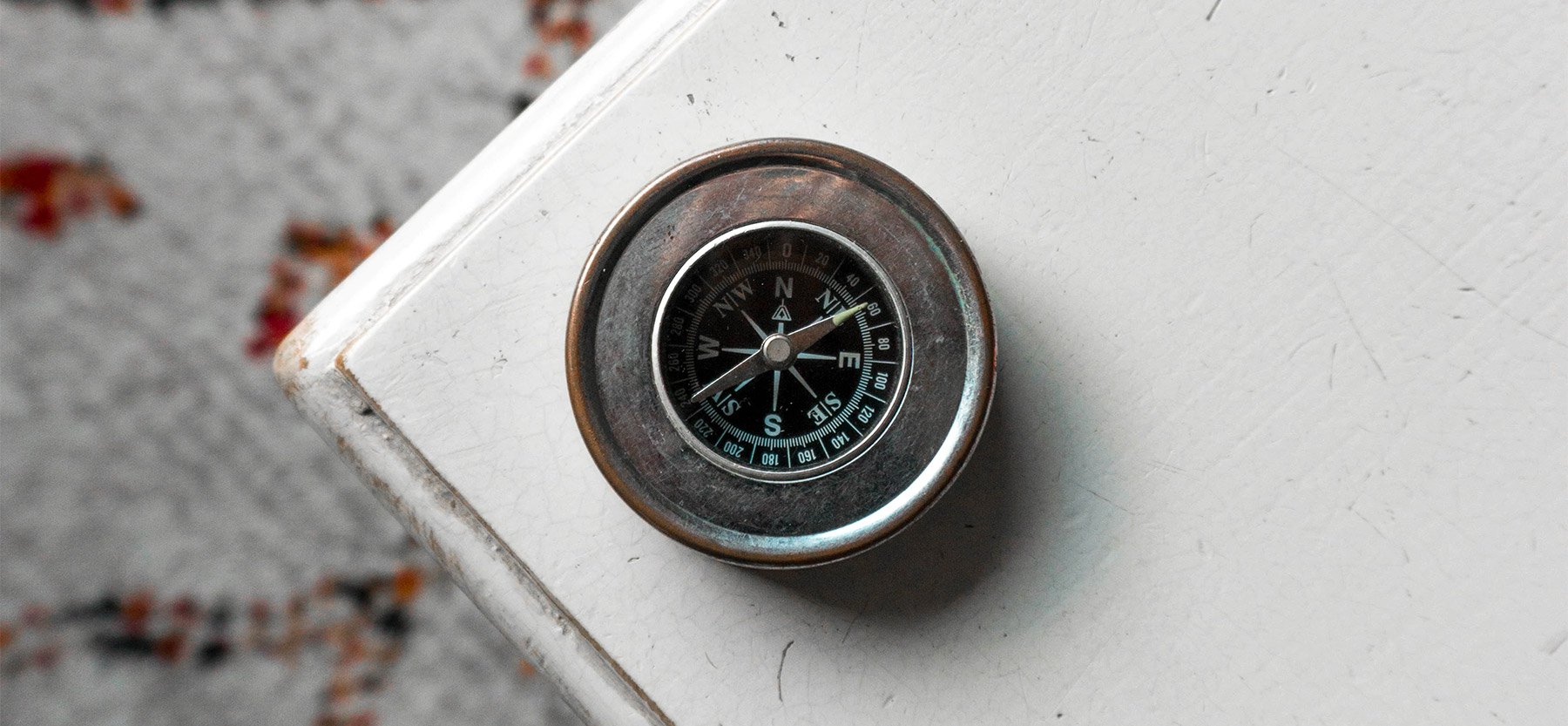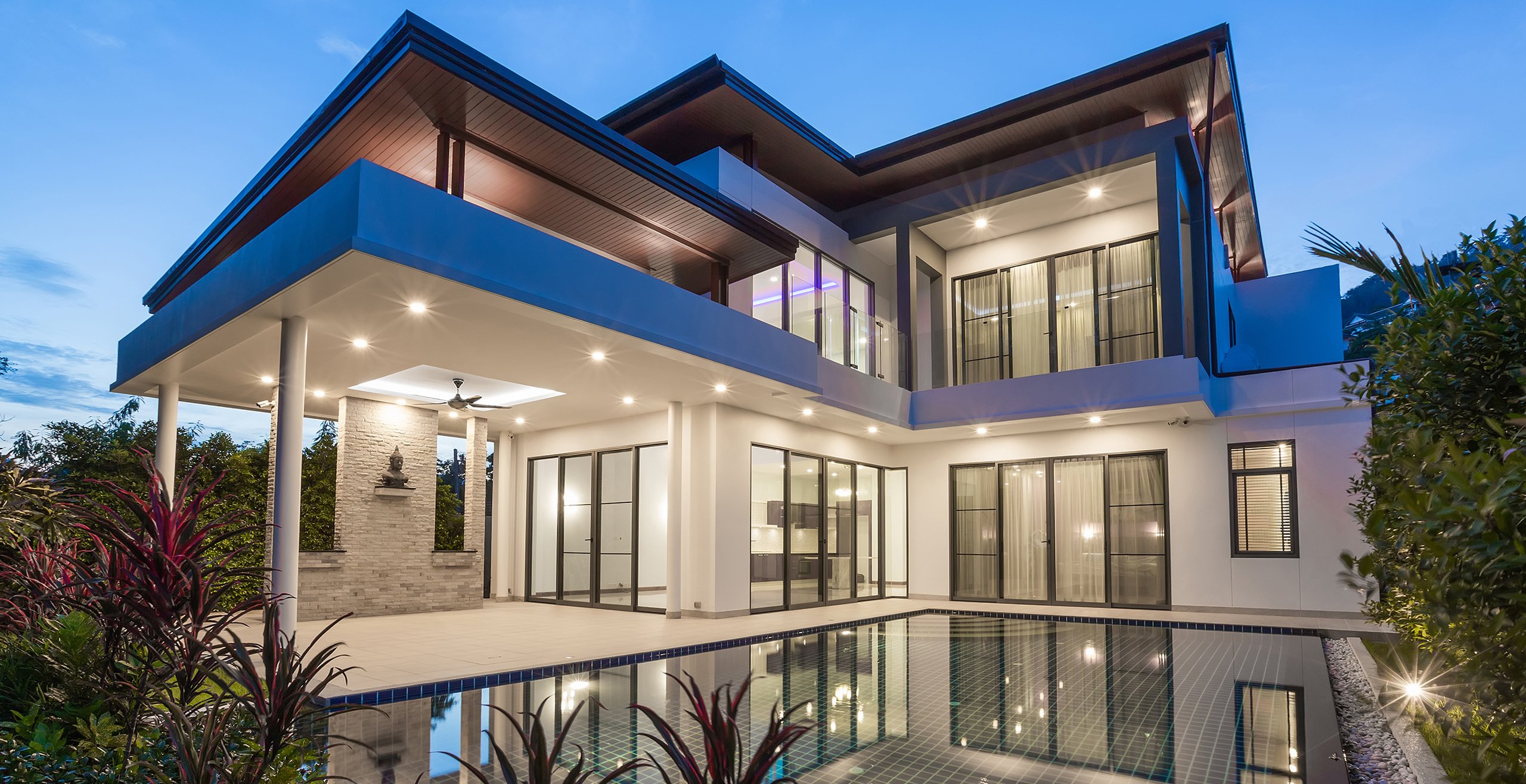June 10, 2025
How to Foster Connection in Your Master-Planned Community
Master-planned communities have long offered home buyers more than just a home. With their curated amenities, pedestrian-friendly design and thoughtfully activated spaces, they set the stage for something deeper: a sense of connection.
But as home buyer expectations continue to evolve in 2025 and beyond, connection is no longer just a nice-to-have feature – it’s a must. Today’s homeowners want to feel rooted. They crave authentic relationships and a lifestyle that supports social interaction, wellness and community pride.
So how can home builders and real estate developers design communities that do more than function? Ones that foster real human connection? Let’s explore what’s working, what’s emerging and how your brand can lead the way.
Create a Mix of Spaces that Invite Interaction
The best communities offer spaces that serve many purposes, moods and moments. From large gatherings to casual encounters, variety matters.
- Clubhouses and event lawns host larger group activities.
- Fire pits, walking trails and outdoor kitchens set the tone for organic, small-group connection.
- Benches in pocket parks invite quick chats or quiet pauses.

Every corner should feel like an opportunity to connect, whether intentionally or unexpectedly.
Make Events Part of the Lifestyle, Not the Exception
An active lifestyle calendar can turn neighbors into friends and residents into community advocates. A dedicated lifestyle director or social team helps ensure consistent programming that appeals to various ages and interests.
Popular options include:
- Themed block parties
- Food truck Fridays
- Outdoor movie nights
- Craft workshops
- Pickleball tournaments
- Seasonal festivals
When planned well and communicated clearly, events can bring a community to life and build emotional equity with residents.
Lean Into Music, Art and Culture
Incorporate elements that spark shared experience and cultural engagement.
- Live music nights at the amphitheater or green space.
- Rotating art installations that create social media moments and neighborhood pride.
- Murals and sculpture walks that highlight local artists and activate passive spaces.
These elements enhance place-making while giving residents something to talk about, post about and gather around.
Embrace Shared Wellness and Recreation
In 2025, wellness is a community amenity. Make space for movement, mindfulness and connection. Consider adding:
- Yoga decks or meditation gardens
- Group fitness classes like water aerobics or boot camps
- Walking clubs and bike trails
- Sports courts with leagues and tournaments
- Nutrition workshops or wellness challenges

People connect over shared goals, and staying healthy is one most neighbors can agree on.
Build Community Through Food
Few things bring people together like food. Incorporating culinary-centered features can spark meaningful relationships:
- Community gardens give green thumbs a place to grow and gather
- Neighborhood farmers markets support local vendors and create weekly rituals
- Outdoor kitchens and pizza ovens encourage shared meals
- Cooking clubs and wine tastings turn hobbies into friendships
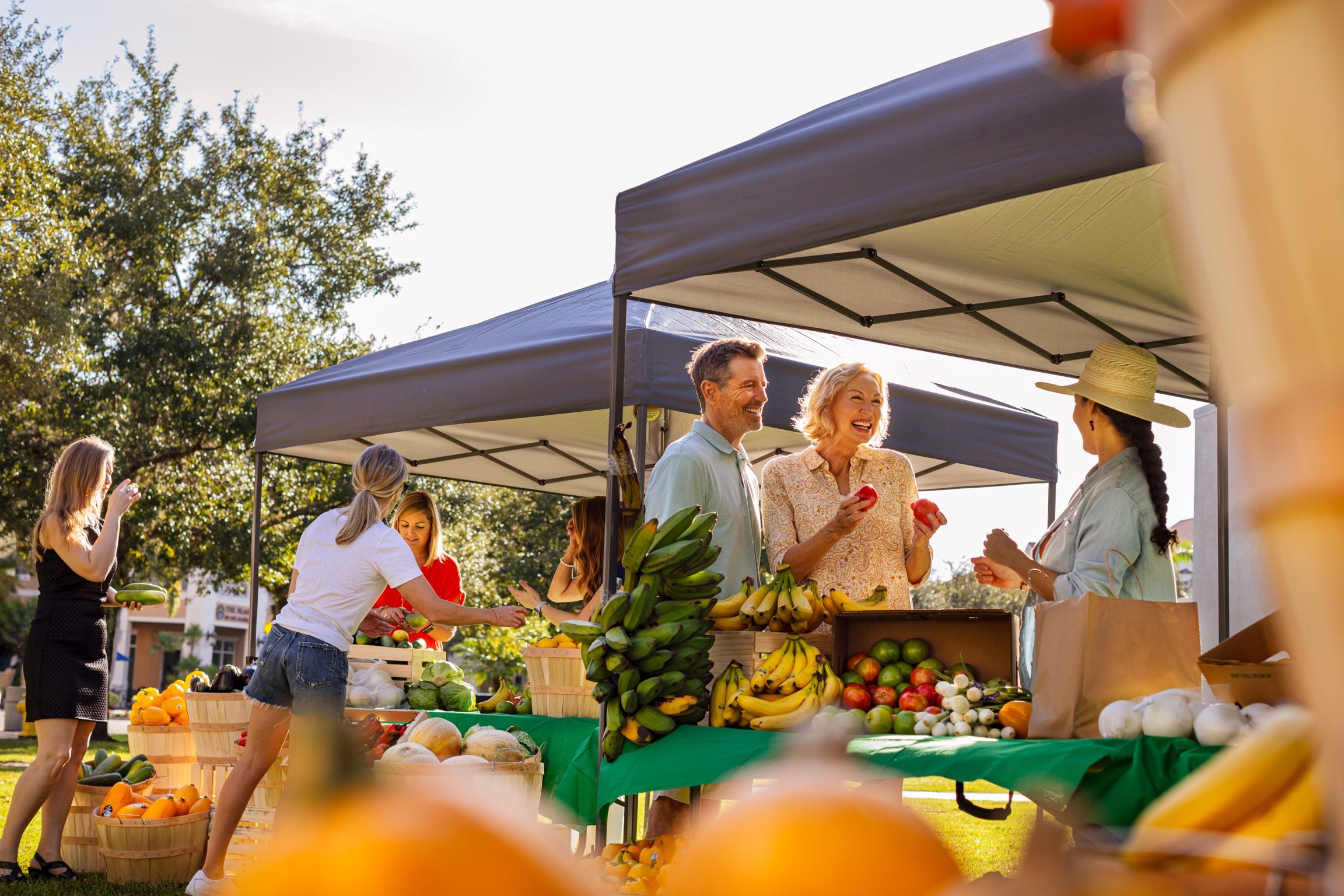
Encourage Everyday Encounters with Curated Amenities
Not all community-building has to be programmed. Think about the daily rhythms of your residents and how your local layout and amenities can support spontaneous interaction.
- Community cafes or co-working lounges offer casual collision points
- Onsite daycare and schools allow parents to connect during drop-off
- Dog parks become hubs for pet owners and launching point for conversation
- Town centers with retail and restaurants for residents to gather and enjoy
Designing for these micro-moments builds macro-level cohesion over time.
Offer Clubs That Reflect Residents’ Passions
Give your homeowners the freedom to create their own communities within the community. Popular club ideas include:
- Gardening
- Wine or whiskey tasting
- Book clubs
- Running or walking groups
- Chess or board game nights
- Arts and crafts
- Faith-based or service-oriented groups
For active adult communities, consider a broader slate of clubs and programs to meet the needs of retirees and those with more flexibility in their schedules.
Resident Involvement
Inviting community residents to take an active role in shaping their community is one of the most powerful ways to foster long-term engagement and pride. When people feel heard and see their ideas reflected in the places they live, a deeper sense of ownership emerges. From community advisory boards and design feedback sessions to resident-led clubs and events, these opportunities for involvement create more than just activity; they cultivate connection, accountability and resilience. Successful master-planned communities don’t just build for residents. They build with them, turning neighbors into stakeholders and houses into homes.
Connection is the New Amenity
In today’s market, fostering connection is no longer optional. It is a defining characteristic of successful master-planned communities. When neighbors know each other, trust each other and engage together, your community thrives. That sense of belonging translates into higher satisfaction, stronger word-of-mouth and long-term value.
At Milesbrand, we help real estate developers and home builders create brands that reflect not just the homes they build, but the communities they inspire. From brand strategy to lifestyle programming support, we guide your vision from land to lasting emotional connection.
Ready to differentiate your master-planned community with intentional connection? Let’s talk. And for more on how to market your master-planned community effectively, download our free Guide to Master-Planned Community Marketing.




